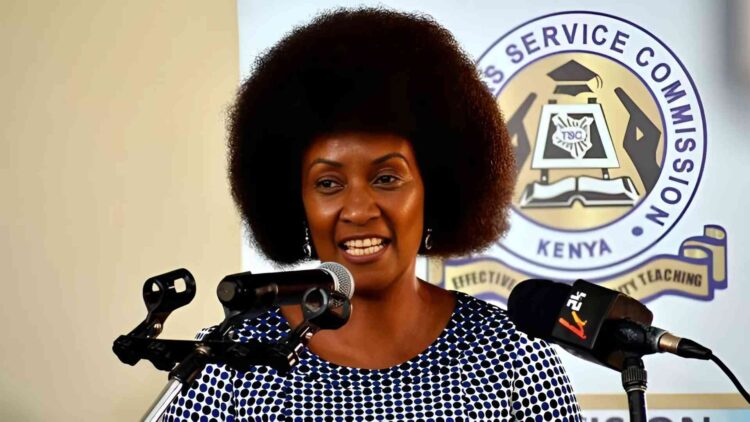Teacher Shortage Cripples Public Schools, Worst-Hit Counties Identified.
The government has highlighted a severe shortage of teachers in public schools, prompting the adoption of virtual learning to bridge the education gap. Learners, especially in underserved regions, now rely on live-streamed lessons as a supplement to traditional classroom teaching.
Education Cabinet Secretary Julius Ogamba presented a detailed report exposing the widespread impact of the staffing crisis, revealing that many public institutions are grappling with a lack of sufficient tutors. Addressing Parliament on Wednesday, he stated that Kenya urgently requires 98,461 teachers to stabilize staffing in schools across the country.
Worst-Hit Counties Identified
The CS pinpointed specific counties suffering the most. In marginalised and remote areas such as Mandera, Turkana, Wajir, Garissa, and West Pokot, the Ministry has been compelled to use virtual classrooms to deliver lessons. Among secondary schools, Kakamega, Bungoma, Homa Bay, Trans Nzoia, Bomet, and Siaya were found to be the most affected by the shortage.
Ogamba informed MPs that, in response to the crisis, the Teachers Service Commission (TSC) had introduced innovative teaching approaches, such as live-streamed classes. This measure aims to bolster face-to-face learning where teacher availability remains critically low, particularly in hard-to-reach regions.
The CS explained that the TSC has developed an annual strategic plan to mitigate the crisis. The plan targets the recruitment of 22,374 teachers each year to progressively address the shortage. Additionally, the Commission requests annual funding to contract 20,000 teacher interns to offer immediate support while awaiting full-time employment opportunities.
Ogamba attributed the shortfall primarily to limited funding. He clarified that despite the Commission’s efforts under Article 237 (2) of the Constitution to ensure optimal staffing, the ideal teacher-to-student ratios have not been attained due to financial limitations. Kajiado Central MP Elijah Memusi had sought clarity on the teacher staffing levels in primary and secondary schools, as well as measures being taken to address the shortfalls.
JSS Transition and Ongoing Deployment
In response to the newly introduced Junior Secondary School (JSS) system, Ogamba reported that 76,378 teachers have been hired and deployed since 2023. Of these, 9,000 were recruited initially to launch the system following the phase-out of the 8-4-4 curriculum. This year, 39,550 intern teachers were absorbed into permanent and pensionable positions.
The CS noted that 8,378 primary school teachers had already been redeployed to JSS to ease the staffing burden. He confirmed that the deployment portal remains open, allowing eligible primary school educators to apply for JSS roles.
Read Also: Echoes of War to be Staged Publicly as Renowned Kenyan Actors Invited to Audition
Emphasizing every learner’s right to quality education, he assured Parliament that the government continues to allocate teachers to JSS and deploy qualified educators as part of long-term staffing solutions.
The worsening teacher shortage has provoked a national uproar, with political leaders from affected areas expressing frustration over what they termed government inaction. Lawmakers have accused authorities of neglecting the education sector while learners endure the consequences.
Despite the criticism, Ogamba reiterated the government’s commitment to resolving the crisis through systematic interventions and sustained teacher deployment efforts.
Teacher Shortage Cripples Public Schools, Worst-Hit Counties Identified
Follow Teachers Updates on Facebook, LinkedIn, X (Twitter), WhatsApp, Telegram, and Instagram. Get in touch with our editors at [email protected].



Discussion about this post